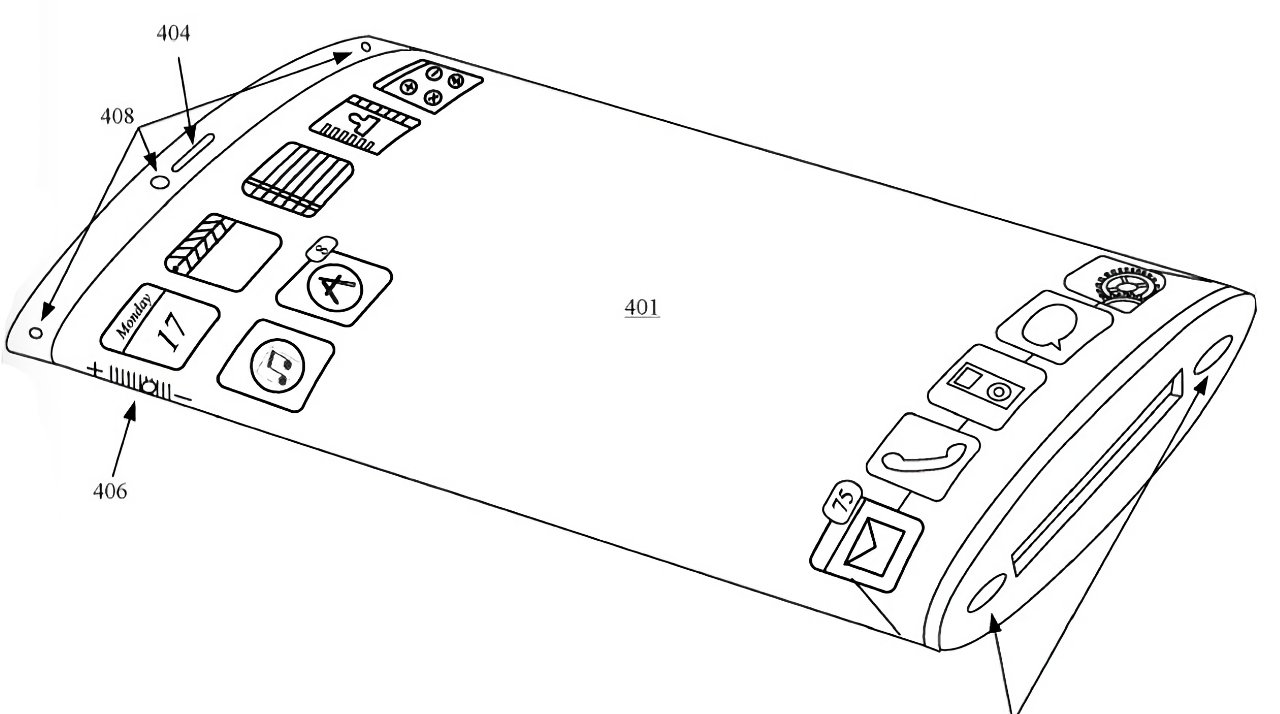Apple is on the brink of entering the foldable smartphone market, with its inaugural foldable iPhone slated for a 2026 release. Recent developments indicate that the production line dedicated to this innovative device is nearly complete, marking a significant milestone in Apple’s journey toward introducing a foldable handset.
Production Readiness and Supplier Collaboration
Samsung Display, a long-standing partner of Apple, has been instrumental in this endeavor. The company initiated the setup of a specialized production line for foldable OLED displays tailored for Apple’s requirements. This facility, located in Asan, Chungcheongnam-do, South Korea, is now in its final stages and is poised to commence production imminently. The plant boasts a capacity to produce approximately 15 million 7-inch foldable OLED panels annually, effectively doubling Apple’s projected initial demand of 6 to 8 million units for the first year. This strategic move ensures that Apple can meet potential surges in consumer interest upon the device’s launch.
Design and Technical Specifications
The forthcoming foldable iPhone is anticipated to feature a book-style design, reminiscent of existing foldable devices in the market. Key design elements include:
– Display: An inward-folding OLED screen measuring around 7.8 inches when unfolded, complemented by a 5.5-inch external display for standard smartphone functionalities.
– Build: A super-thin profile, measuring approximately 4.5mm when unfolded and between 9 to 9.5mm when folded, achieved through the use of high-end materials such as titanium alloy and amorphous metal glass for the hinge mechanism.
– Camera System: A dual-lens rear camera setup, comprising wide and ultra-wide options, with the front-facing camera potentially integrated under the display to maintain a seamless screen experience.
– Biometric Security: The device may forgo Face ID in favor of a side-mounted Touch ID sensor, optimizing space within the slim design.
– Processor: Powered by the anticipated A20 chip, ensuring robust performance and energy efficiency.
Production Timeline and Market Strategy
Apple’s production strategy involves initiating mass production in the latter half of 2025, with assembly responsibilities entrusted to Foxconn, a key manufacturing partner. This timeline aligns with a projected launch in the fall of 2026, coinciding with the release of the iPhone 18 lineup. Notably, Apple plans to stagger its iPhone releases, with the Pro and foldable models debuting in the fall, followed by the standard iPhone 18 and an updated iPhone 16e in the spring of 2027. This approach aims to streamline manufacturing processes and manage workforce requirements more effectively.
Market Positioning and Pricing
Entering the foldable smartphone segment positions Apple in direct competition with established players like Samsung and Huawei. The foldable iPhone is expected to carry a premium price tag, estimated between $2,000 and $2,500. Despite the high cost, analysts predict strong sales, potentially surpassing the combined sales of competing models over a similar timeframe. Apple’s focus on durability, innovative design, and seamless user experience is anticipated to attract a dedicated consumer base willing to invest in cutting-edge technology.
Challenges and Considerations
While the foldable iPhone represents a significant leap in smartphone design, several challenges remain:
– Durability: Ensuring the longevity of the foldable display and hinge mechanism is paramount, given the historical issues faced by early foldable devices in the market.
– Supply Chain Management: Relying on Samsung Display as the sole supplier for foldable OLED panels may pose risks, especially if demand exceeds initial projections. Diversifying the supply chain could mitigate potential bottlenecks.
– Software Optimization: Adapting iOS to fully leverage the foldable form factor will require substantial development efforts to provide a seamless and intuitive user experience.
Conclusion
Apple’s foray into the foldable smartphone market signifies a bold step toward innovation and diversification of its product lineup. With production lines nearing completion and a strategic launch plan in place, the tech giant is poised to make a significant impact in the foldable device segment. As the 2026 release approaches, consumers and industry observers alike eagerly await further details on what promises to be a groundbreaking addition to the iPhone family.



